Nutrition-Focused SIBO Diet Recipes: A Meal-by-Meal Guide for a Healthy Gut
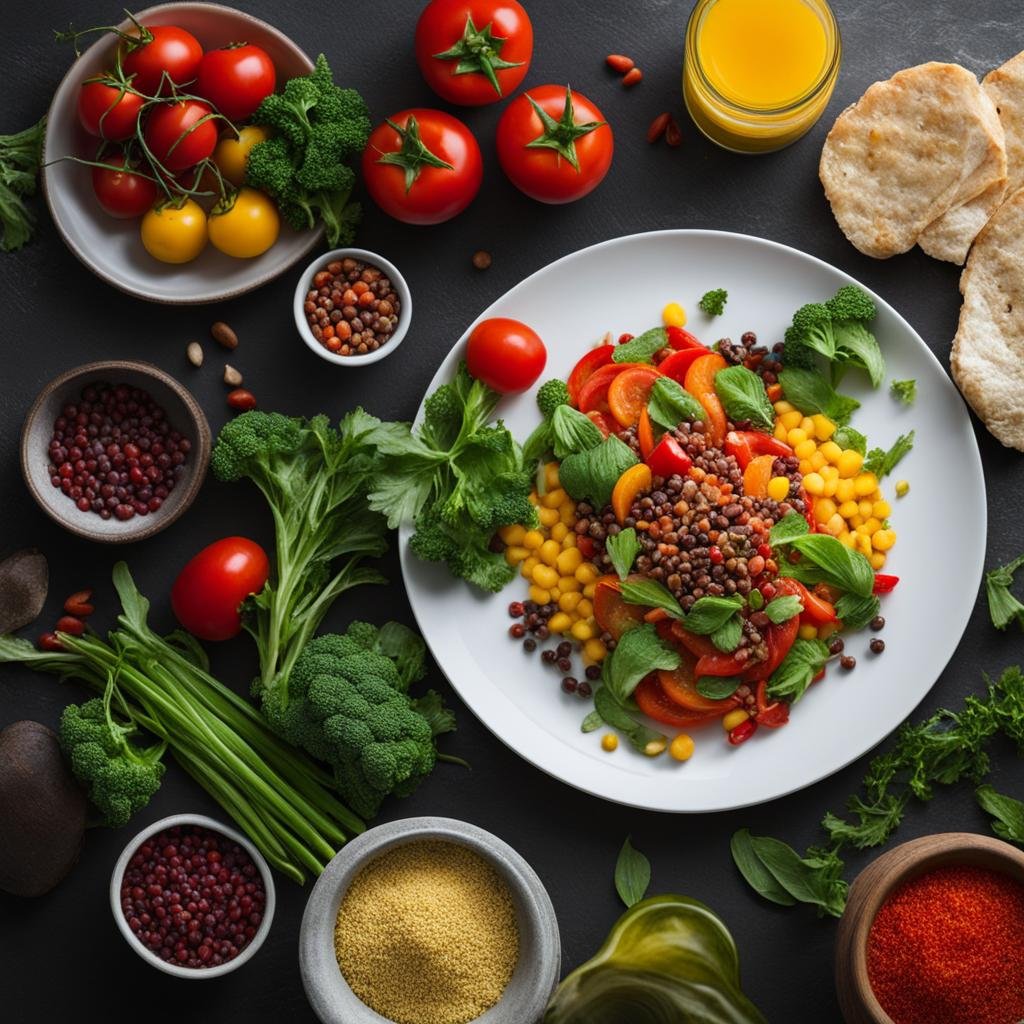
Easy SIBO Diet Recipes for Digestive Wellness
Did you know that Small Intestinal Bacterial Overgrowth (SIBO) affects up to 15% of the global population? That’s millions of people dealing with uncomfortable symptoms such as bloating, abdominal pain, and diarrhea. Luckily, adopting a SIBO diet can significantly reduce these symptoms and improve gut health. And the best part? You don’t have to sacrifice delicious meals! In this article, we’ll explore easy SIBO diet recipes that provide symptom relief while satisfying your taste buds.
Key Takeaways:
- Small Intestinal Bacterial Overgrowth (SIBO) affects up to 15% of the global population.
- Following a SIBO diet can help alleviate symptoms and improve gut health.
- Easy SIBO diet recipes are available, allowing you to enjoy delicious meals while adhering to the diet guidelines.
- By incorporating SIBO-friendly recipes into your meal plan, you can find relief from bloating, abdominal pain, and diarrhea.
- Stay tuned for a variety of breakfast, lunch, dinner, snack, dessert, and beverage recipes that cater to the SIBO diet.
Understanding SIBO and Its Dietary Needs
In order to effectively manage SIBO (Small Intestinal Bacterial Overgrowth) and alleviate symptoms, a thorough understanding of the condition and bacterial overgrowth dietary management is crucial. SIBO occurs when there is an overgrowth of bacteria in the small intestine, leading to digestive issues and a range of uncomfortable symptoms.
What is SIBO?
SIBO is a condition characterized by an excessive proliferation of bacteria in the small intestine. Normally, the small intestine contains a relatively low concentration of bacteria compared to the large intestine. However, in individuals with SIBO, bacteria from the large intestine migrate upward and accumulate in the small intestine, disrupting its normal functioning.
The Importance of a Low-FODMAP Diet
A key dietary approach for managing SIBO is following a low-FODMAP diet. FODMAPs (Fermentable Oligosaccharides, Disaccharides, Monosaccharides, and Polyols) are a group of carbohydrates that are poorly absorbed in the small intestine and can contribute to the symptoms of SIBO. By avoiding foods high in FODMAPs, individuals with SIBO can reduce the excess fermentation and gas production in the gut, alleviating discomfort and improving digestive function.
Identifying Trigger Foods for SIBO Symptoms
It is essential for individuals with SIBO to identify and avoid trigger foods that can worsen symptoms. These trigger foods vary from person to person, but common culprits include high-FODMAP foods such as onions, garlic, wheat, and certain fruits. By keeping a detailed food diary and working with a healthcare professional or registered dietitian, individuals with SIBO can pinpoint the specific foods that aggravate their symptoms and make informed dietary choices to minimize discomfort.
Breakfast Recipes to Start Your SIBO-Friendly Day
Looking for delicious and SIBO-friendly breakfast recipes to kickstart your day? We’ve got you covered! Whip up these mouthwatering options that are not only easy to prepare but also compliant with the SIBO diet guidelines. Say goodbye to boring breakfasts and hello to flavorful mornings!
Banana Bread Baked Steel Cut Oatmeal
Indulge in the comforting flavors of banana bread with a healthy twist. Our banana bread baked steel-cut oatmeal is a hearty and satisfying breakfast option that will keep you energized throughout the morning. Packed with fiber-rich steel-cut oats and the natural sweetness of ripe bananas, this recipe is a delightful way to start your day on a SIBO-friendly note.
Here’s a SIBO diet-friendly recipe for Banana Bread Baked Steel Cut Oatmeal:
Ingredients:
- 1 cup steel-cut oats
- 2 ripe bananas, mashed
- 2 cups water
- 1 cup almond milk (or another dairy-free milk alternative)
- 1 tsp cinnamon
- 1/4 tsp nutmeg
- 1/4 tsp salt
- 1 tsp vanilla extract
- Optional toppings: sliced bananas, a sprinkle of cinnamon, or chopped nuts
Instructions:
- Preheat your oven to 375°F (190°C).
- In a large bowl, combine the steel-cut oats, mashed bananas, cinnamon, nutmeg, and salt.
- Stir in the water, almond milk, and vanilla extract until well combined.
- Pour the mixture into a greased baking dish.
- Bake for 40-45 minutes, or until the top is golden brown and the oats are set.
- Remove from the oven and let it cool slightly.
- Serve warm with your choice of toppings.
Enjoy your wholesome and comforting breakfast! 🍌🥣
Pecan & Cinnamon Sticky Buns for a Festive Brunch
Treat yourself to a festive brunch experience with our pecan and cinnamon sticky buns. These decadent treats are made with SIBO-friendly ingredients, including almond flour and coconut sugar. The combination of warm cinnamon and toasted pecans creates a delightful aroma that will fill your kitchen and tantalize your taste buds. Indulge in these sticky buns guilt-free and enjoy a flavorful morning!
Here’s a SIBO diet-friendly recipe for Pecan & Cinnamon Sticky Buns:
Ingredients:
- 2 cups almond flour
- 1/4 cup coconut flour
- 1 tsp baking soda
- Pinch of salt
- 1/4 cup coconut oil, melted
- 1/4 cup coconut sugar
- 2 large eggs
- 1/2 cup unsweetened almond milk
- 1 tsp vanilla extract
For the filling:
- 1/2 cup chopped pecans
- 2 tbsp coconut sugar
- 2 tsp ground cinnamon
For the glaze (optional):
- 2 tbsp coconut cream
- 1 tbsp coconut sugar
- 1/2 tsp vanilla extract
Instructions:
- Preheat your oven to 350°F (175°C) and grease a muffin tin or line it with parchment paper.
- In a large bowl, mix together the almond flour, coconut flour, baking soda, and salt.
- In a separate bowl, whisk together the melted coconut oil, coconut sugar, eggs, almond milk, and vanilla extract.
- Combine the wet and dry ingredients until a dough forms.
- Roll out the dough between two pieces of parchment paper into a rectangle.
- Mix the chopped pecans, coconut sugar, and cinnamon together and sprinkle over the dough.
- Carefully roll the dough into a log and slice into buns.
- Place the buns in the prepared muffin tin and bake for 20-25 minutes, or until golden brown.
- If using the glaze, mix the coconut cream, coconut sugar, and vanilla extract together and drizzle over the warm buns.
Enjoy your festive and gut-friendly pecan and cinnamon sticky buns! 🍽️
SIBO Diet Recipes for Lunchtime Satisfaction
When following a SIBO diet, finding lunchtime recipes that are both satisfying and compliant with the dietary guidelines can be a challenge. Luckily, we’ve got you covered with two delicious options: a Chicken Paella Rice Casserole with a Low FODMAP Twist and a Gut-Healing Homemade New England Clam Chowder. These recipes are packed with flavor and specifically designed to meet the needs of individuals with SIBO.
Chicken Paella Rice Casserole with a Low FODMAP Twist
This Chicken Paella Rice Casserole is a flavorful twist on a classic Spanish dish. It combines tender chicken, fragrant spices, and a rich tomato base with a low FODMAP twist. The use of SIBO-friendly ingredients ensures that this dish is both delicious and suitable for individuals with SIBO. With its hearty texture and well-balanced flavors, this casserole is perfect for a satisfying lunch.
Here’s a recipe for a Chicken Paella Rice Casserole with a Low FODMAP Twist:
Ingredients:
- Carrots
- Bell pepper
- Rice
- Tomatoes
- Peas
- Chicken stock
- White wine
- Lemon juice
- Paprika
- Turmeric
- Red pepper flakes
- Salt
- Olive oil
- Parsley
Instructions:
- Preheat your oven and heat the pan before you add your rice mixture.
- In a large mixing bowl, combine the leek, carrots, bell pepper, garlic, rice, tomatoes, peas, chicken stock, white wine, lemon juice, paprika, turmeric, red pepper flakes, 1 teaspoon salt, 2 tablespoons olive oil, and half the parsley.
- Fold the ingredients together until well-mixed.
- Transfer to the hot skillet or dish and arrange in an even layer.
- Bake until the rice is tender and the chicken is cooked through.
Please note that the chopping is the most time-consuming element (you want the vegetables as fine as possible) but after that, the recipe is quick and easy. Use low FODMAP stock.
Gut-Healing Homemade New England Clam Chowder
Warm and comforting, this Gut-Healing Homemade New England Clam Chowder is a creamy and nourishing lunch option. Made with fresh clams, bacon, and a dairy-free base, this recipe is both gut-healing and full of flavor. The combination of delicate seafood and aromatic herbs creates a chowder that is sure to satisfy your taste buds while supporting your digestive health.
Here’s a recipe for a Gut-Healing Homemade New England Clam Chowder:
Ingredients:
- Bacon
- Celery
- Potatoes
- Water
- Clam juice
- Chicken bouillon
- White pepper
- Thyme
- All-purpose flour
- Half-and-half substitute
- Canned clams
Instructions:
- Cook bacon over medium heat until crisp. Remove to paper towels to drain.
- Sauté celery in the drippings until tender.
- Stir in the potatoes, water, clam juice, bouillon, pepper, and thyme. Bring to a boil. Reduce heat; simmer, uncovered, until potatoes are tender, 15-20 minutes.
- In a small bowl, combine flour and 1 cup half-and-half substitute until smooth. Gradually stir into soup. Bring to a boil; cook and stir until thickened, 1-2 minutes.
- Stir in clams and remaining half-and-half substitute; heat through (do not boil).
- Crumble the cooked bacon; sprinkle over each serving.
With these SIBO diet recipes, you can enjoy a satisfying and nourishing lunch while sticking to your dietary restrictions. So go ahead, add variety to your midday meals and continue your SIBO journey with delicious and wholesome recipes!
Nutrient-Packed SIBO Specific Diet Dinner Ideas
For those following a SIBO-specific diet, dinner can be both nutritious and delicious. These nutrient-packed dinner recipes are designed to support gut health and provide symptom relief. By incorporating a variety of vegetables, lean proteins, and healthy fats, these meals offer a well-rounded and satisfying dining experience.
 One dinner option is a vibrant Grilled Lemon Herb Salmon served with a side of Roasted Brussels Sprouts and Mashed Cauliflower. This dish is not only packed with flavor but also rich in omega-3 fatty acids, which can help reduce inflammation in the gut. The salmon is marinated in a mixture of fresh herbs and lemon juice, then grilled to perfection. The roasted Brussels sprouts and mashed cauliflower provide a satisfying accompaniment, offering a variety of nutrients and fiber.
One dinner option is a vibrant Grilled Lemon Herb Salmon served with a side of Roasted Brussels Sprouts and Mashed Cauliflower. This dish is not only packed with flavor but also rich in omega-3 fatty acids, which can help reduce inflammation in the gut. The salmon is marinated in a mixture of fresh herbs and lemon juice, then grilled to perfection. The roasted Brussels sprouts and mashed cauliflower provide a satisfying accompaniment, offering a variety of nutrients and fiber.
Grilled Lemon Herb Salmon Ingredients:
- 4 salmon fillets
- 2 tablespoons olive oil
- 2 tablespoons fresh lemon juice
- 2 garlic cloves, minced (or garlic-infused oil for SIBO-friendly option)
- 1 tablespoon chopped fresh dill
- 1 tablespoon chopped fresh parsley
- Salt and pepper to taste
Instructions:
- In a bowl, whisk together olive oil, lemon juice, garlic or garlic-infused oil, dill, parsley, salt, and pepper.
- Place salmon fillets in a dish and pour the marinade over them. Let marinate for at least 30 minutes in the refrigerator.
- Preheat grill to medium-high heat.
- Grill salmon for about 4-5 minutes on each side or until cooked to your liking.
Roasted Brussels Sprouts Ingredients:
- 1 pound Brussels sprouts, trimmed and halved
- 2 tablespoons olive oil
- Salt and pepper to taste
Instructions:
- Preheat oven to 400°F (200°C).
- Toss Brussels sprouts with olive oil, salt, and pepper.
- Spread them out on a baking sheet and roast for 20-25 minutes until crispy and golden.
Mashed Cauliflower Ingredients:
- 1 head cauliflower, cut into florets
- 2 tablespoons olive oil
- 1/4 cup almond milk
- Salt and pepper to taste
Instructions:
- Steam cauliflower florets until very tender, about 10-15 minutes.
- In a food processor, blend steamed cauliflower, olive oil, almond milk, salt, and pepper until smooth.
Serve the grilled salmon with a side of roasted Brussels sprouts and mashed cauliflower for a complete meal.
Another delicious dinner idea is a Vegetable Stir-Fry with Quinoa. This colorful and nutrient-packed dish is made with an assortment of stir-fried vegetables, such as bell peppers, broccoli, carrots, and snap peas. The addition of quinoa provides a good source of protein and fiber, making this meal both satisfying and nourishing. To enhance the flavor, you can season the stir-fry with gluten-free tamari, ginger, and garlic.
Ingredients:
- 1 cup quinoa
- 2 cups water
- 1 tablespoon olive oil
- 1 red bell pepper, sliced
- 1 cup broccoli florets
- 1 cup carrots, julienned
- 1 cup snap peas
- 1 tablespoon gluten-free tamari
- 1 teaspoon ginger, grated
- 1 tablespoon garlic-infused oil (instead of garlic for SIBO-friendly option)
- Salt and pepper to taste
Instructions:
- Rinse the quinoa under cold water until the water runs clear. In a saucepan, bring the quinoa and water to a boil. Reduce heat to low, cover, and simmer for 15 minutes or until the water is absorbed. Remove from heat and let it stand for 5 minutes, then fluff with a fork.
- While the quinoa is cooking, heat the olive oil in a large skillet or wok over medium-high heat.
- Add the bell pepper, broccoli, and carrots to the skillet. Stir-fry for about 5 minutes or until the vegetables are tender-crisp.
- Add the snap peas and stir-fry for an additional 2 minutes.
- Stir in the tamari, ginger, and garlic-infused oil. Season with salt and pepper to taste.
- Serve the stir-fried vegetables over the cooked quinoa.
For a comforting and hearty dinner, try a Slow Cooker Chicken and Vegetable Stew. This nutrient-packed stew is packed with lean chicken, an array of vegetables like carrots, celery, and zucchini, and flavorful herbs and spices. The slow cooker method ensures that the flavors are well-developed and that the chicken remains tender. This satisfying dinner option is perfect for busy individuals who want a nutritious and easy-to-prepare meal.
Ingredients:
- 4 chicken breasts, cut into chunks
- 2 cups carrots, chopped
- 2 cups celery, chopped
- 2 cups zucchini, chopped
- 1 tablespoon garlic-infused oil
- 1 teaspoon dried thyme
- 1 teaspoon dried rosemary
- 1 bay leaf
- Salt and pepper to taste
- 4 cups low-FODMAP chicken broth
- 2 tablespoons fresh parsley, chopped (for garnish)
Instructions:
- Place the chicken pieces at the bottom of the slow cooker.
- Add the chopped carrots, celery, and zucchini on top of the chicken.
- Drizzle the garlic-infused oil over the vegetables.
- Sprinkle the thyme, rosemary, bay leaf, salt, and pepper over the ingredients.
- Pour the chicken broth into the slow cooker, ensuring that the ingredients are mostly covered.
- Cover and cook on low for 6-8 hours or on high for 3-4 hours.
- Once cooked, remove the bay leaf and adjust seasoning to taste.
- Serve hot, garnished with fresh parsley.
By incorporating these nutrient-packed dinner recipes into your SIBO-specific diet, you can enjoy delicious meals while supporting your gut health and managing your symptoms. These recipes prove that eating well doesn’t have to be bland or boring. With a little creativity and the right ingredients, you can create flavorful and satisfying dinners that fit perfectly into your SIBO-friendly meal plan.
Delicious Smoothies and Beverages Compliant with SIBO Guidelines
Creamy Coconut and Blueberry Smoothie
Indulge in the delightful flavors of the creamy coconut and blueberry smoothie, a refreshing and nutritious beverage that is compliant with SIBO guidelines. This smoothie combines the rich creaminess of coconut milk with the sweetness of blueberries, creating a perfect balance of flavors. The coconut milk provides healthy fats, while the blueberries offer antioxidants and essential nutrients. Blend them together, and you have a smoothie that not only satisfies your taste buds but also supports your gut health.
Refreshing Ginger Tea Moscow Mule
Quench your thirst with a refreshing ginger tea Moscow Mule, a flavorful beverage that adheres to SIBO guidelines. This drink combines the zesty kick of ginger tea with the classic Moscow Mule ingredients, including lime juice and sparkling water. The ginger provides natural anti-inflammatory properties, while lime juice adds a citrusy tang. Served in a copper mug with ice, this beverage is not only visually appealing but also invigorating. Enjoy the satisfying taste while knowing that it aligns with your SIBO dietary needs.

Beverage Summary
In this section, we introduced two delicious smoothies and beverages that are compliant with SIBO guidelines. The creamy coconut and blueberry smoothie combines the creaminess of coconut milk with the sweetness of blueberries, providing a nourishing and refreshing drink. On the other hand, the refreshing ginger tea Moscow Mule pairs the zesty ginger tea with lime juice and sparkling water, offering a revitalizing and satisfying beverage. Both recipes are not only flavorful but also designed to support individuals with SIBO in maintaining a healthy and enjoyable diet.
Reinventing Desserts: SIBO-Friendly Sweet Treats
Indulging in delicious desserts while following a SIBO-friendly diet may seem challenging, but it doesn’t have to be. This section will present two delectable dessert recipes that are both satisfying and suitable for individuals with SIBO. So, get ready to satisfy your sweet tooth without compromising your digestive health!
Dairy-Free Creamy Tomato Soup to Comfort Your Gut
If you’re craving something warm and comforting, this dairy-free creamy tomato soup will hit the spot. Made with gut-friendly ingredients, this recipe provides a soothing and nourishing dessert option. The combination of fresh tomatoes, herbs, and other flavorful ingredients creates a velvety texture and a burst of flavor in every spoonful. Plus, it’s gentle on the stomach, making it a perfect dessert option for those with SIBO.
Here’s a recipe for a Dairy-Free Creamy Tomato Soup to Comfort Your Gut:
Ingredients:
- Garlic-infused olive oil
- Green onion tops
- Carrot
- Roma tomatoes
- Veggie broth
- Basil leaves
- Thyme
Instructions:
- Start by cooking the green onion tops and carrot, in a little olive oil.
- Next, you’ll add chopped Roma tomatoes and veggie broth, and simmer.
- When the tomatoes become soft and break apart easily and the vegetable stock has reduced, you’ll blend the veggie mixture, along with basil leaves and thyme.
- Blend until smooth,
Decadent Vegan Coconut Ice Cream without the FODMAPs
Who says you can’t enjoy ice cream on a SIBO diet? This decadent vegan coconut ice cream recipe proves that you can. With a creamy texture and a rich coconut flavor, this indulgent frozen treat will satisfy your dessert cravings. Made without FODMAPs, it’s the perfect guilt-free dessert option for those with SIBO. You can enjoy it on its own or pair it with fresh berries for an extra burst of flavor.
So, whether you’re in the mood for a comforting soup or a creamy ice cream, these SIBO-friendly dessert recipes will allow you to satisfy your sweet tooth while adhering to your dietary restrictions.
Snacks and Appetizers That Won’t Aggravate SIBO
Easy-to-Digest Zucchini Muffins
Looking for a delicious and sibo-friendly snack option? These easy-to-digest zucchini muffins are the perfect choice. Made with fresh zucchini, gluten-free flour, and gut-friendly ingredients, these muffins are not only delicious but also easy on the digestive system. They are packed with flavor and nutrients, making them a satisfying and wholesome snack for individuals with SIBO. Enjoy them as a quick bite between meals or as a tasty appetizer at your next gathering.
Here’s a SIBO-friendly recipe for Zucchini Muffins that you can enjoy:
Ingredients:
- 1 1/2 cups gluten-free flour
- 3/4 cup almond flour
- 1/2 cup granulated sweetener (like erythritol for low fermentation)
- 1 teaspoon baking powder
- 1/2 teaspoon baking soda
- 1/2 teaspoon salt
- 1 teaspoon cinnamon
- 1/4 teaspoon nutmeg
- 3 large eggs
- 1/2 cup olive oil or melted coconut oil
- 1 teaspoon vanilla extract
- 1 1/2 cups grated zucchini (excess moisture squeezed out)
- 1/2 cup chopped walnuts or pecans (optional)
Instructions:
- Preheat your oven to 350°F (175°C) and line a muffin tin with paper liners.
- In a large bowl, whisk together the gluten-free flour, almond flour, sweetener, baking powder, baking soda, salt, cinnamon, and nutmeg.
- In another bowl, beat the eggs and then mix in the oil and vanilla extract.
- Combine the wet and dry ingredients until just mixed. Fold in the grated zucchini and nuts, if using.
- Divide the batter evenly among the muffin cups, filling each about two-thirds full.
- Bake for 20-25 minutes, or until a toothpick inserted into the center of a muffin comes out clean.
- Allow the muffins to cool in the pan for 5 minutes, then transfer to a wire rack to cool completely.
Crispy Baked Tortilla Chips for a Guilt-Free Snack
Satisfy your snack cravings without aggravating your SIBO symptoms with these crispy baked tortilla chips. Made from gluten-free tortillas and baked to perfection, these chips are a guilt-free alternative to traditional fried snacks. Enjoy them on their own or pair them with a SIBO-friendly salsa or dip for added flavor. These crispy chips are sure to become your go-to snack for movie nights, gatherings, or whenever you need a satisfying crunch without worrying about triggering your SIBO symptoms.
Understanding the Role of Prebiotics and Probiotics in SIBO Diets
Prebiotics and probiotics play a vital role in SIBO diets, contributing to improved gut health and digestive well-being. These two components work together synergistically to promote a balanced and healthy gut microbiome, which is crucial for individuals with SIBO.
Prebiotics are non-digestible fibers that serve as food for the beneficial bacteria in our digestive system. They act as a fuel source for these microbes, allowing them to multiply and thrive. By consuming prebiotics, we can enhance the growth of beneficial bacteria, such as Bifidobacteria and Lactobacilli, which play a crucial role in maintaining gut health.
Probiotics, on the other hand, are live beneficial bacteria that can be found in certain foods and supplements. By introducing more of these friendly bacteria into our gut, we can help restore balance and improve digestion. Probiotics can also crowd out harmful bacteria, reducing their overgrowth and minimizing symptoms associated with SIBO.
When it comes to SIBO diets, incorporating both prebiotics and probiotics can be beneficial. However, it’s important to note that individual responses to these substances may vary, and consulting with a healthcare professional or registered dietitian is recommended to determine the most suitable approach for your specific needs.
Some examples of prebiotic-rich foods that can be included in a SIBO diet are:
- Asparagus
- Chicory root
- Jerusalem artichokes
- Bananas
In terms of probiotics, fermented foods such as yogurt, kefir, sauerkraut, and kimchi can provide a natural source of beneficial bacteria. Additionally, probiotic supplements may be recommended by a healthcare professional to help rebalance the gut microbiome.
However, please not that these foods can exacerbate bacterial overgrowth in some individuals with SIBO.
Most diets proposed for SIBO reduce your intake of foods that are fermented by gut bacteria, which may include high fiber foods and other prebiotics. One option is a diet low in FODMAPs, which are difficult-to-digest carbs that are fermented by gut bacteria in the colon.
It’s important to note that everyone’s body reacts differently to different foods, and what works for one person may not work for another. Therefore, it’s always recommended to work with a healthcare provider or a registered dietitian to create a diet plan that is appropriate for your individual symptoms and nutritional needs.
By incorporating the correct prebiotics and probiotics into a SIBO diet, individuals can support their digestive health and potentially alleviate symptoms associated with SIBO. It’s important to remember that dietary change should be done under the guidance of a healthcare professional, as SIBO diets can be complex and require an individualized approach.
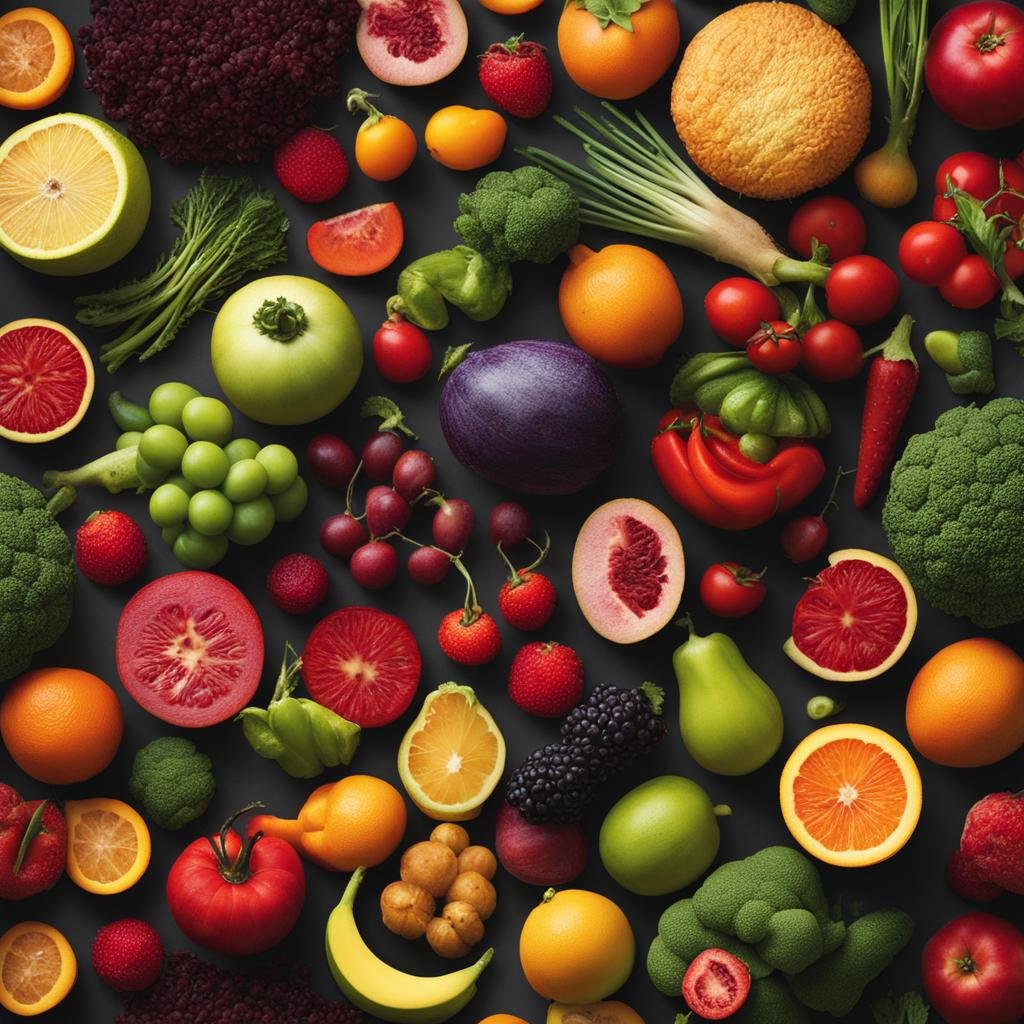
Finding Flavor: How to Keep Your SIBO Diet Exciting
Incorporating flavor into your SIBO diet doesn’t have to be a challenge. By using SIBO-friendly spices, you can add a burst of taste to your meals without compromising your digestive health.
Add a Burst of Flavor with SIBO-Friendly Spices
Spices play a crucial role in elevating the taste of your dishes while adhering to the SIBO diet. Not only do they provide flavor, but some spices also offer additional health benefits. Here are a few SIBO-friendly spices to experiment with:
- Turmeric: Known for its anti-inflammatory properties, turmeric adds a warm, earthy flavor to your meals.
- Cumin: This spice adds a rich, smoky taste to your dishes and is widely used in Indian and Middle Eastern cuisines.
- Ginger: With its zesty and slightly sweet flavor, ginger adds a refreshing kick to both savory and sweet recipes.
- Coriander: Coriander seeds have a subtle citrusy flavor that pairs well with roasted vegetables and grilled meats.
- Cinnamon: A versatile spice, cinnamon adds warmth and sweetness to both savory and dessert recipes.
Experimenting with different combinations of spices can help you discover new flavor profiles that excite your taste buds while following the SIBO diet. Just remember to check labels and choose spices without preservatives, additives, or hidden FODMAPs.
Gluten-Free Sweet Potato Fritters with a Hint of Kimchi
Looking for a flavorful SIBO-friendly recipe? Try these gluten-free sweet potato fritters with a hint of kimchi. The combination of sweet potatoes, savory spices, and a touch of tanginess from kimchi creates a delightful and satisfying dish.
Here’s what you’ll need:
- 2 medium sweet potatoes, grated
- 1/2 cup kimchi, chopped
- 2 green onions, finely chopped
- 1/4 cup gluten-free flour
- 1 teaspoon ground cumin
- 1/2 teaspoon ground coriander
- 1/4 teaspoon salt
- 2 tablespoons olive oil, for cooking
Instructions:
- In a large bowl, combine the grated sweet potatoes, kimchi, green onions, gluten-free flour, cumin, coriander, and salt. Mix well to ensure all ingredients are evenly distributed.
- Heat olive oil in a skillet over medium heat.
- Scoop about 1/4 cup of the sweet potato mixture and flatten it into a patty shape. Add the patty to the heated skillet.
- Cook the fritters for about 3-4 minutes on each side, or until golden brown and crispy.
- Once cooked, transfer the fritters to a plate lined with a paper towel to absorb excess oil.
- Serve the sweet potato fritters warm and enjoy!
These gluten-free sweet potato fritters are not only packed with flavor but also provide a dose of gut-friendly nutrients. Experiment with different spices and ingredients to customize the recipe and make it your own.
By incorporating SIBO-friendly spices and trying new recipes like these gluten-free sweet potato fritters, you can elevate the taste of your SIBO diet and make each meal a delightful experience.
Delicious Low FODMAP Salmon Recipes for a Healthy Gut (recipeideaseasy.com)
Resources for SIBO Diet Recipes and Meal Planning
When following a SIBO diet, finding reliable resources for recipes and meal planning is essential to ensure compliance and promote successful management of symptoms. Here are two highly recommended resources that can help you navigate the world of SIBO-friendly cooking:
“SIBO Made Simple” by Phoebe Lapine: A Cookbook to Guide You
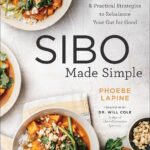 “SIBO Made Simple” by Phoebe Lapine is an invaluable cookbook and guide specifically designed for individuals with SIBO. This comprehensive resource provides a variety of delicious, easy-to-follow recipes that adhere to the SIBO diet guidelines. Whether you’re looking for breakfast ideas, satisfying lunch and dinner options, or delectable desserts, this cookbook has you covered. With Phoebe’s expertise and practical tips, you’ll have all the tools you need to prepare flavorful meals that support your gut health and symptom relief.
“SIBO Made Simple” by Phoebe Lapine is an invaluable cookbook and guide specifically designed for individuals with SIBO. This comprehensive resource provides a variety of delicious, easy-to-follow recipes that adhere to the SIBO diet guidelines. Whether you’re looking for breakfast ideas, satisfying lunch and dinner options, or delectable desserts, this cookbook has you covered. With Phoebe’s expertise and practical tips, you’ll have all the tools you need to prepare flavorful meals that support your gut health and symptom relief.
The Good LFE Cookbook: A Wealth of SIBO-Specific Recipes
 If you’re seeking a wealth of SIBO-specific recipes to add variety to your meal planning, “The Good LFE Cookbook” is an excellent resource to explore. This cookbook features an extensive collection of carefully curated recipes that are suitable for individuals with SIBO. From nourishing breakfasts to mouthwatering entrees and delightful desserts, this cookbook offers a plethora of options to satisfy your taste buds while adhering to the requirements of the SIBO diet. With the help of “The Good LFE Cookbook,” you can enjoy your meals with confidence, knowing that you are nourishing your body and supporting your journey towards improved digestive health.
If you’re seeking a wealth of SIBO-specific recipes to add variety to your meal planning, “The Good LFE Cookbook” is an excellent resource to explore. This cookbook features an extensive collection of carefully curated recipes that are suitable for individuals with SIBO. From nourishing breakfasts to mouthwatering entrees and delightful desserts, this cookbook offers a plethora of options to satisfy your taste buds while adhering to the requirements of the SIBO diet. With the help of “The Good LFE Cookbook,” you can enjoy your meals with confidence, knowing that you are nourishing your body and supporting your journey towards improved digestive health.
Easy Optavia Crockpot Recipes: Healthy Slow Cooker Solutions (recipeideaseasy.com)
Conclusion
In conclusion, incorporating SIBO diet recipes into your daily meals can play a crucial role in relieving symptoms and promoting overall gut health. These recipes offer a wide variety of delicious and nutritious options that are compliant with the SIBO diet guidelines.
By following the SIBO diet and exploring the diverse range of recipes available, individuals with SIBO can discover meals that not only satisfy their taste buds but also support their well-being. Meal planning and experimentation are key in finding the perfect combination of ingredients and flavors that work best for you.
Empower yourself to make positive dietary choices that aid in symptom relief and improve your digestive health. Whether it’s starting your day with a banana bread baked steel-cut oatmeal or treating yourself to a dairy-free creamy tomato soup, the variety of SIBO diet recipes ensures a vibrant and exciting culinary experience.
So go ahead and embrace the world of SIBO diet recipes. Explore cookbooks such as “SIBO Made Simple” by Phoebe Lapine and “The Good LFE Cookbook” to find inspiration and guidance in your SIBO journey. With the right recipes and a dash of creativity, you can nourish your body while enjoying flavorful meals that support your well-being.
Fasting Mimicking Diet Recipes You Can Make at Home (FMD Made Easy!)
FAQ
What is SIBO?
SIBO stands for Small Intestinal Bacterial Overgrowth. It is a condition characterized by the excessive growth of bacteria in the small intestine, which can lead to digestive symptoms and nutrient malabsorption.
Why is a low-FODMAP diet important for SIBO?
A low-FODMAP diet helps reduce the intake of fermentable carbohydrates that feed the bacteria in the small intestine, helping to alleviate SIBO symptoms.
How can I identify trigger foods for my SIBO symptoms?
Keeping a food diary and working with a healthcare professional, such as a nutritionist, can help you identify trigger foods that may aggravate your SIBO symptoms.
What are some SIBO-friendly breakfast recipes?
Two SIBO-friendly breakfast recipe ideas are banana bread baked steel-cut oatmeal and pecan cinnamon sticky buns for a festive brunch.
Can you suggest SIBO-specific diet recipes for lunch?
Yes! A chicken paella rice casserole with a low-FODMAP twist and a gut-healing homemade New England clam chowder are two delicious lunch options for individuals with SIBO.
What are some nutrient-packed dinner recipes that comply with the SIBO-specific diet?
Dinner recipes that are nutrient-packed and SIBO-friendly include incorporating a variety of vegetables, lean proteins, and healthy fats to create balanced meals that support gut health and symptom relief.
Can I enjoy smoothies and beverages while following SIBO guidelines?
Absolutely! You can indulge in a creamy coconut and blueberry smoothie or a refreshing ginger tea Moscow Mule while following the SIBO diet.
Are there any SIBO-friendly dessert recipes?
Yes! You can enjoy a dairy-free creamy tomato soup to comfort your gut or indulge in a decadent vegan coconut ice cream without the FODMAPs as a sweet treat.
What are some SIBO-friendly snack and appetizer recipes?
For guilt-free snacking, try easy-to-digest zucchini muffins or crispy baked tortilla chips.
How do prebiotics and probiotics impact SIBO diets?
Maintaining a healthy balance of beneficial bacteria in the gut is important for individuals with SIBO. Including prebiotic and probiotic-rich foods can support digestion and symptom relief.
How can I add flavor to my SIBO diet?
You can add a burst of flavor with SIBO-friendly spices and try gluten-free sweet potato fritters with a hint of kimchi for a flavorful twist.
Where can I find SIBO diet recipes and meal planning resources?
One valuable resource is the book “SIBO Made Simple” by Phoebe Lapine, which includes comprehensive recipes and guidance. Additionally, “The Good LFE Cookbook” offers a wealth of SIBO-specific recipes. Here is a PDF with a comprehensive list of do’s and don’ts for SIBO symptoms.
Source Links
- https://goodlfe.com/products/the-good-lfe-cookbook-for-sibo-ibs-and-microbiome-health
- https://www.athleticinsight.com/diet/sibo
- https://www.thehealthygut.com/wp-content/uploads/2018/09/SIBO-Breakfast-eCookbook-_-The-Healthy-Gut.pdf
- 10 SIBO Friendly Snacks – National University of Natural Medicine – NUNM
- SBBO-Diet-10-27-16.pdf (virginia.edu)
The publisher earns affiliate commissions for qualifying purchases. The opinions expressed about the independently selected products mentioned in this content, and any instructions or content shared are those of the publisher, not Amazon or the manufacturer.

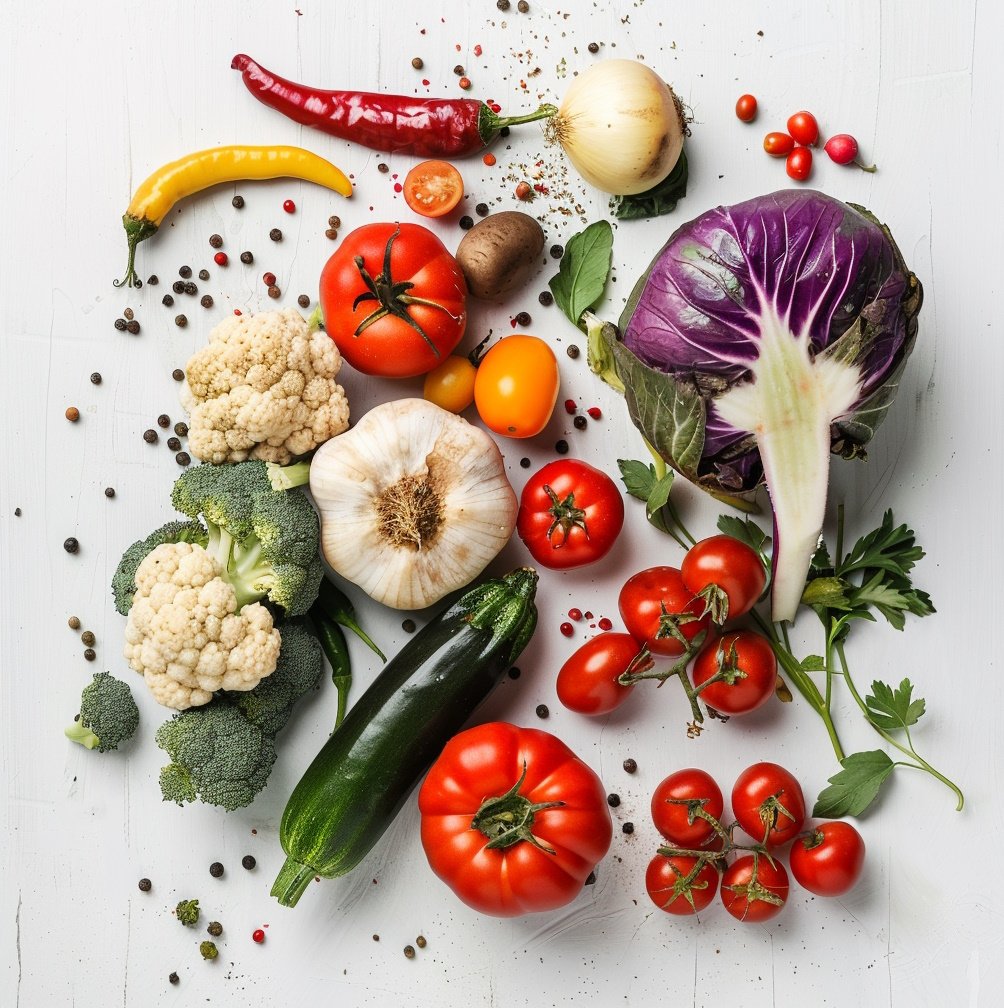
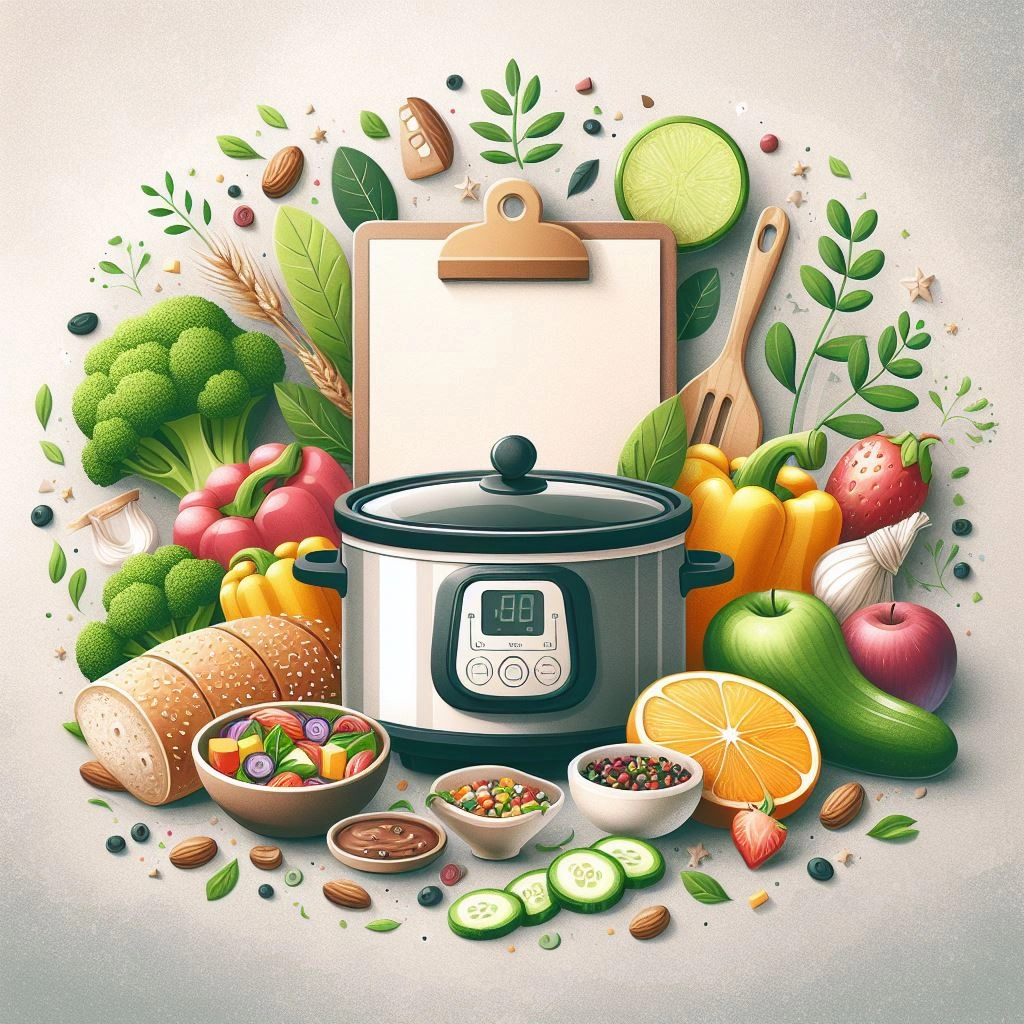
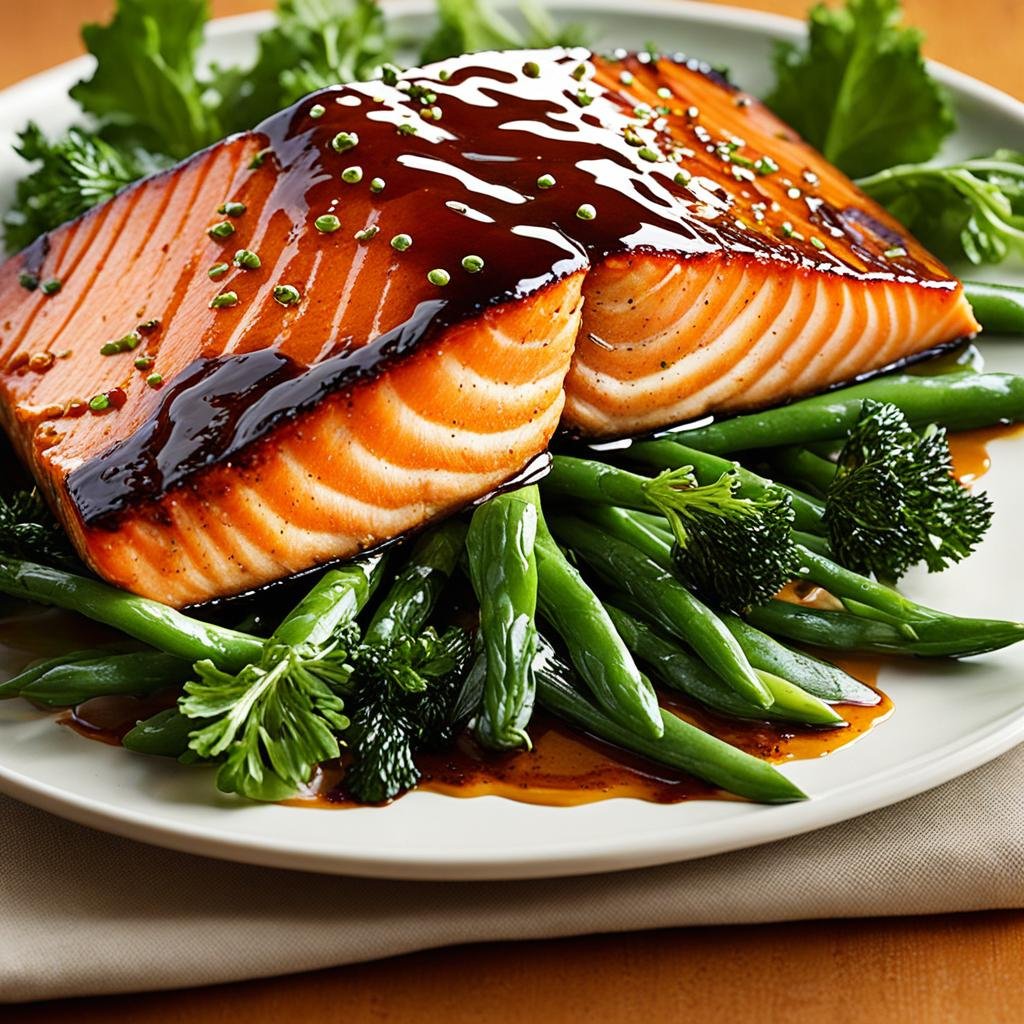


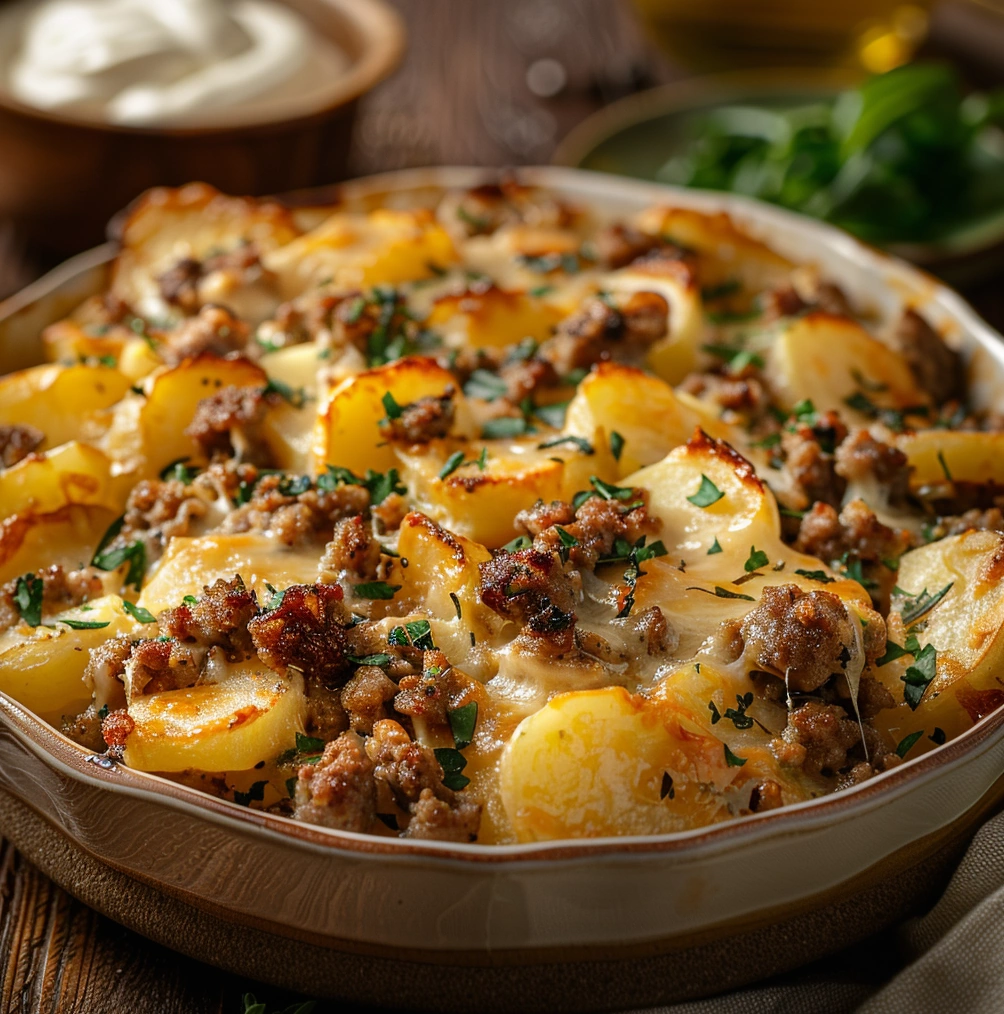

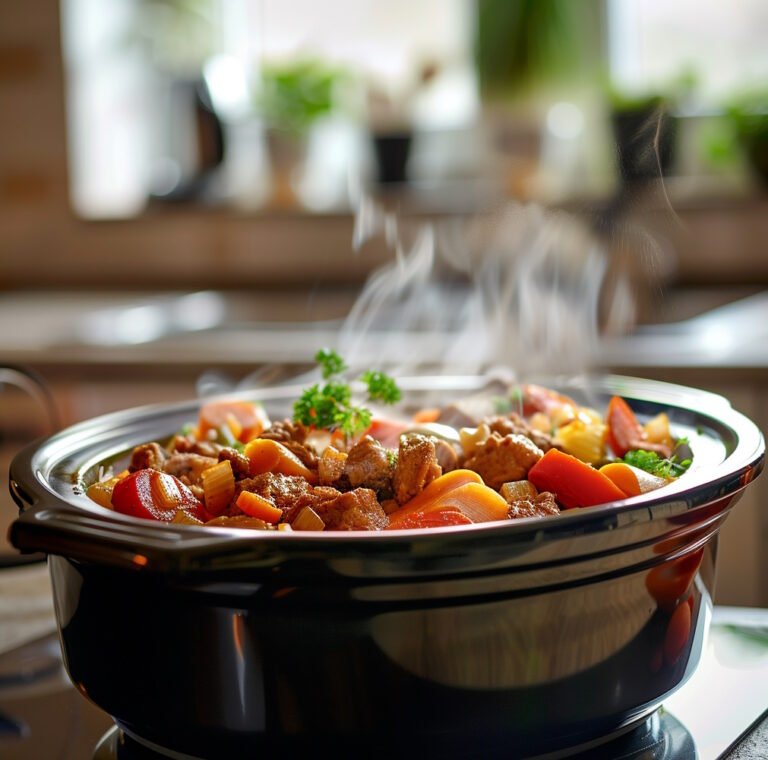
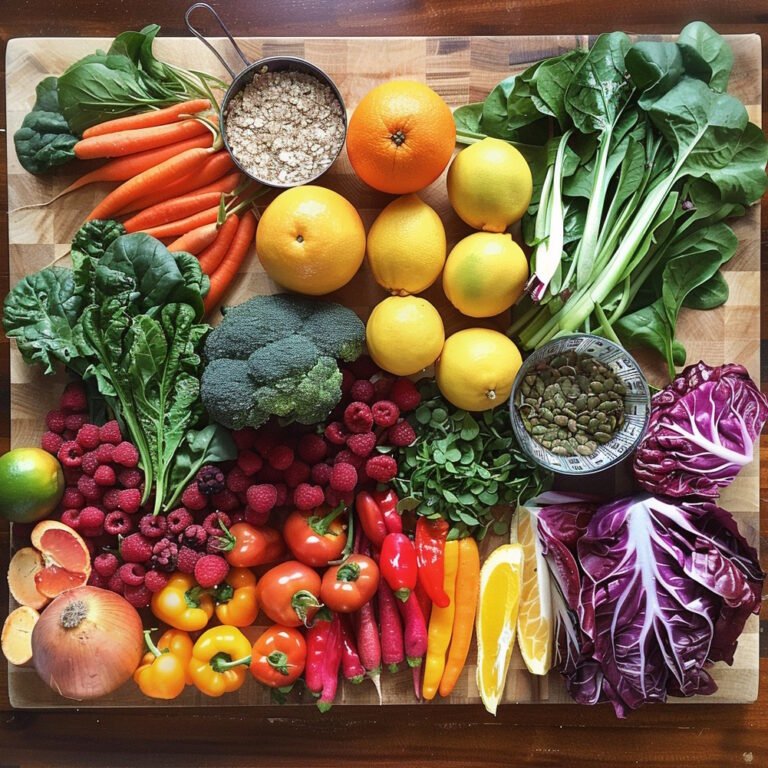
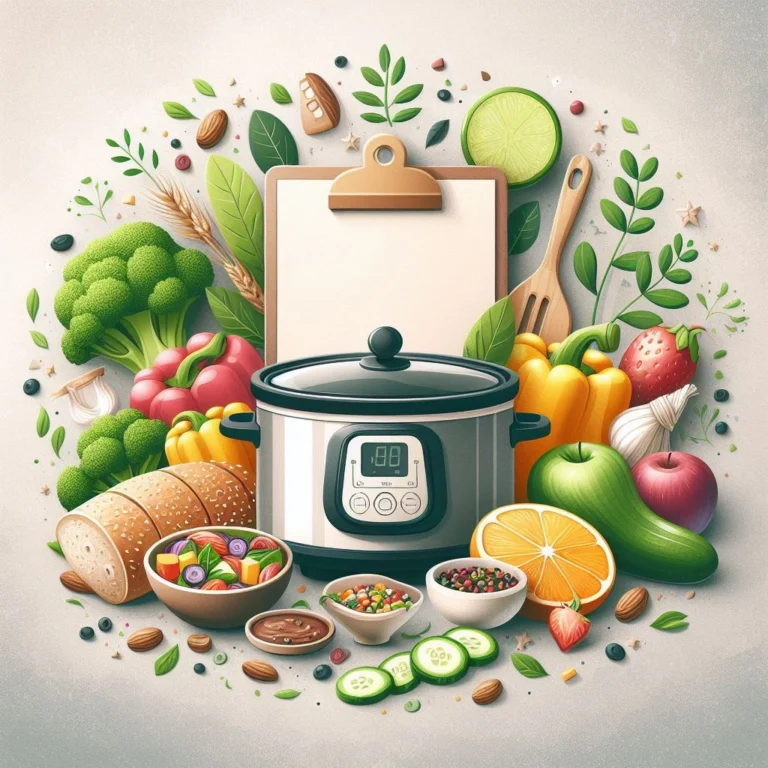
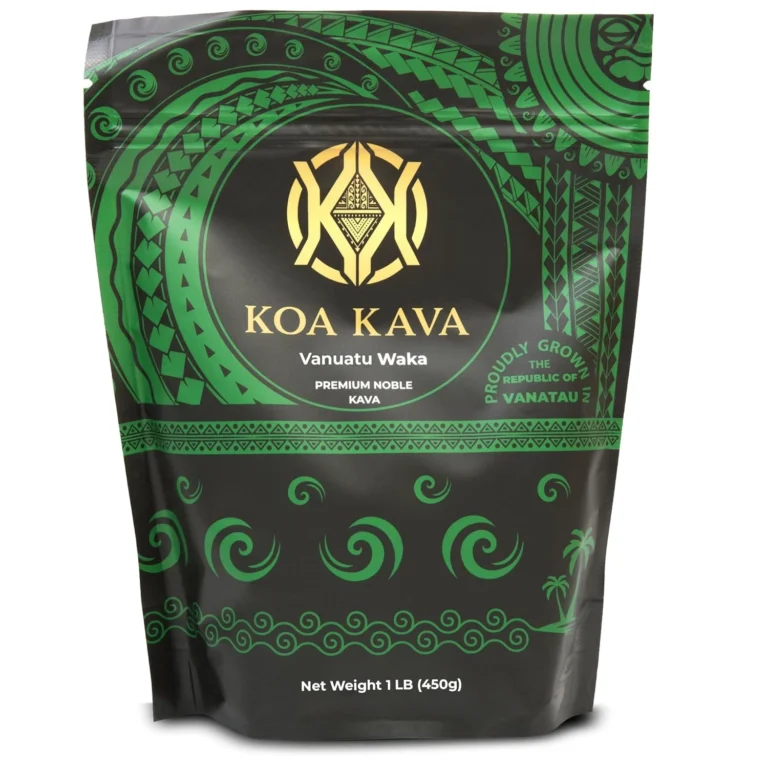


2 Comments